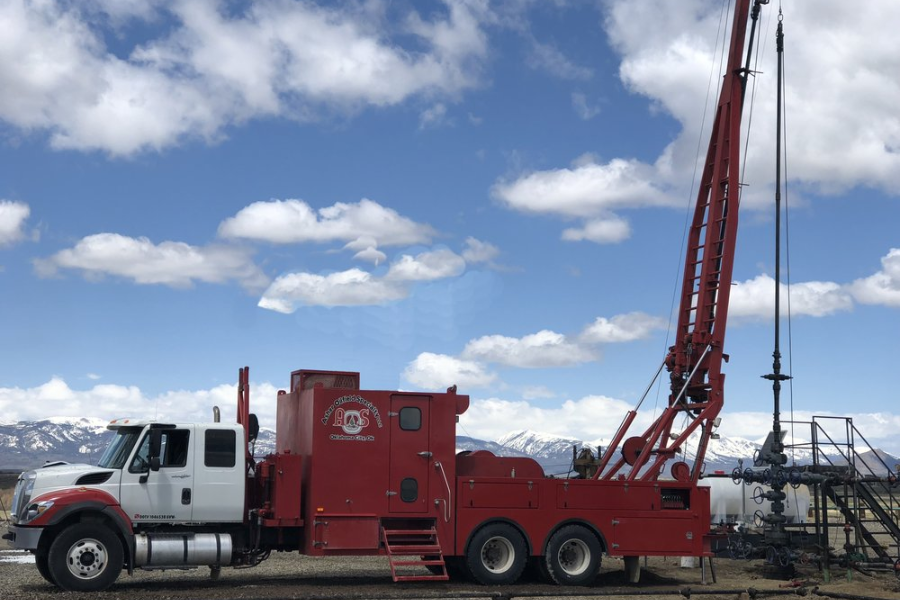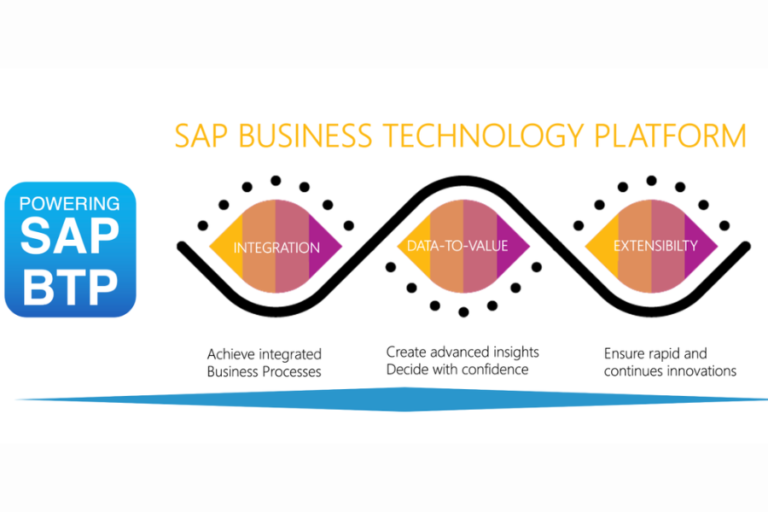What Is Injection Profile Logging, and What Are Its Benefits?
If you operate oil or gas wells, you may have heard the term “injection profile logging” thrown around. But what exactly does this process involve, and how can it help optimize your injection programs? As someone working in the industry, let me walk you through everything you need to know about injection profile logs and why they’re so helpful.
Getting to Know Injection Profiles
In simple terms, injection profile logging provides insights into where injected fluids travel within the wellbore. Specialized production logging tools map out the fluid distribution along the lateral or perforated sections, giving a detailed picture of where injection fluid is going (or not going) once it’s downhole. Reach out to a professional like Renegade Services to learn more about injection profile logging and how it can specifically benefit you.
Critical Components of the Data
The injection profile log contains crucial data points, such as temperature and pressure measurements, injection allocation percentages per zone, flow rate details, and the identification of areas taking versus not taking fluid. Skilled wireline engineers analyze all this information to determine how evenly and efficiently injections are being distributed.
Why This Data is Valuable
Injection profile logs offer operators several core benefits. For starters, the information optimizes injector conversions to maximize oil production. Certain zones can be identified and potentially isolated if they aren’t taking fluid. The data also enables more targeted, cost-efficient injection by determining precisely where fluid should be placed. Excess water production can be reduced when watered-out zones are pinpointed. Issues affecting injection can be diagnosed. Injection programs can be monitored over time to adjust as needed.
Common Applications
Some typical applications where injection profile logs are useful include offshore waterflood monitoring, steam injection and SAGD monitoring, gas lift optimization, disposal well surveillance, EOR projects, and IOR programs. Operators usually repeat profile logs periodically to fine-tune injection schemes.
Running Injection Profile Operations
To execute injection profile logging, the well is first shut in to stabilize conditions downhole. Memory production logging tools are then deployed into the wellbore, where they record measurements as the well flows for some time. The compiled data is analyzed and interpreted to deliver the injection profile. This provides beneficial information without significant interruptions.
Going Beyond Surface Data
While surface injection data provides volume and rate information, it lacks downhole distribution insights. Injection profiles deliver the vital subsurface intelligence operators need to truly maximize injections and output.
Partnering with the Experts
Injection profile logging requires specialized production logging tools and expert data analysis. I recommend collaborating closely with your wireline provider’s experts to design and implement these operations. Their knowledge can help fully optimize your injection programs. The bottom line is injection profile logging offers invaluable intelligence beyond surface data alone. Understanding this process will help you enhance injection efficiency, bolster oil rates, and improve program economics.




